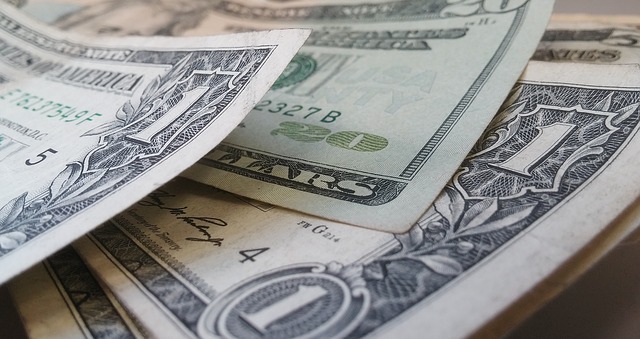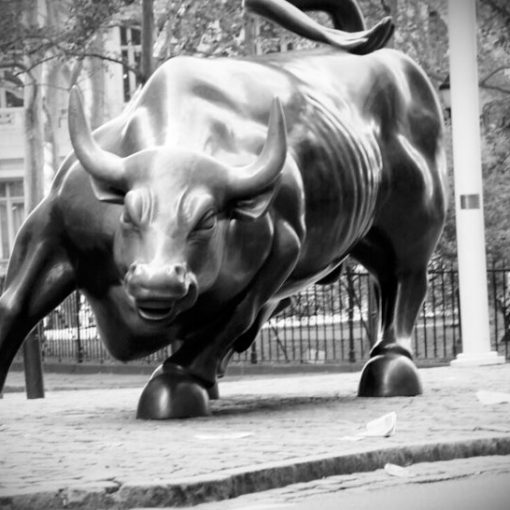It is time for my monthly update and the market seems to be very dull, so I find myself with very little to write about and no transactions to report. However, I do have a large position in my Aspect Large Cap Value Investment portfolio – one that you probably have as well, and one that people rarely discuss: cash.
Since this market is so confusing right now, I have more than 20% of the portfolio in cash, and I am finding it hard to find stocks to invest in. That said, in my opinion cash actually is an investment, and one that has certain benefits depending on how this portion of your portfolio is utilized to balance out everything else.
While cash, or in this case money market funds, do not generate what I consider to be a meaningful return on investment, it does generate an almost absolute guaranteed return of your investment, minus the corrosive effects of inflation.
Cash can lower portfolio volatility
However, I use cash in another way – to slow the movement of my portfolio down. In a market where I see risk, I am not naïve enough to think that I can completely avoid it. A higher cash component will slow down the movement of the portfolio – both up and down. It essentially softens the blow of a downward market.
Additionally, cash provides optionality, as in the freedom to jump on investing opportunities that might arise. I am sure that there were plenty of people who realized that stocks were cheap back in the darkest days of 2008, but they had no cash to take advantage of the opportunity.
Indeed, Warren Buffett made some of the best investments of his career acting as a lender of last resort to companies such as Goldman Sachs (GS), GE and Harley Davidson (HOG) during this period.
Staying disciplined
While I am not suggesting trying to time the market, I am suggesting that there is a need for discipline. If you have stocks hitting your target prices, do not raise your target prices, raise cash. Similarly, if you cannot find stocks to reinvest the funds in, you do not need to invest for the sake of being fully invested. As Warren Buffett would say, you can sit there all day at the plate and wait for the fat pitch if necessary.
I have found that over the years, I tend to underperform in highly bullish markets such as this one. I just don’t get excited about buying stocks at these levels – even though they are not necessarily “overpriced” relative to interest rates and other assets.
On the other hand, when markets are under stress, it seems like there are dozens of opportunities I don’t have enough dry powder to take advantage of it. My goal is to stop listening to all of these overpaid financial advisers with their sophisticated model portfolios and just do what I feel comfortable with. Right now, I feel that my 20%+ cash position is a good investment while the remaining 80% remains invested in stocks.
It should be noted that I have not mentioned bonds once during this article. I rarely invest in bonds. This is due to books I read when I was very young, which stated that if you are willing to take the risk of buying a bond, you should strongly consider buying the stock.
In addition, in my opinion bond prices are overpriced due to government intervention these days, so I would rather just use cash as a bond substitute. I expect this market to grind higher, and therefore my cash position will actually shrink. In the meantime, I am fine with having the ability to pull the trigger should the current environment change, if only because I have cash.
DISCLAIMER: The investments discussed are held in client accounts as of August 31, 2014. These investments may or may not be currently held in client accounts. The reader should not assume that any investments identified were or will be profitable or that any investment recommendations or investment decisions we make in the future will be profitable. Past performance is no guarantee of future results.




